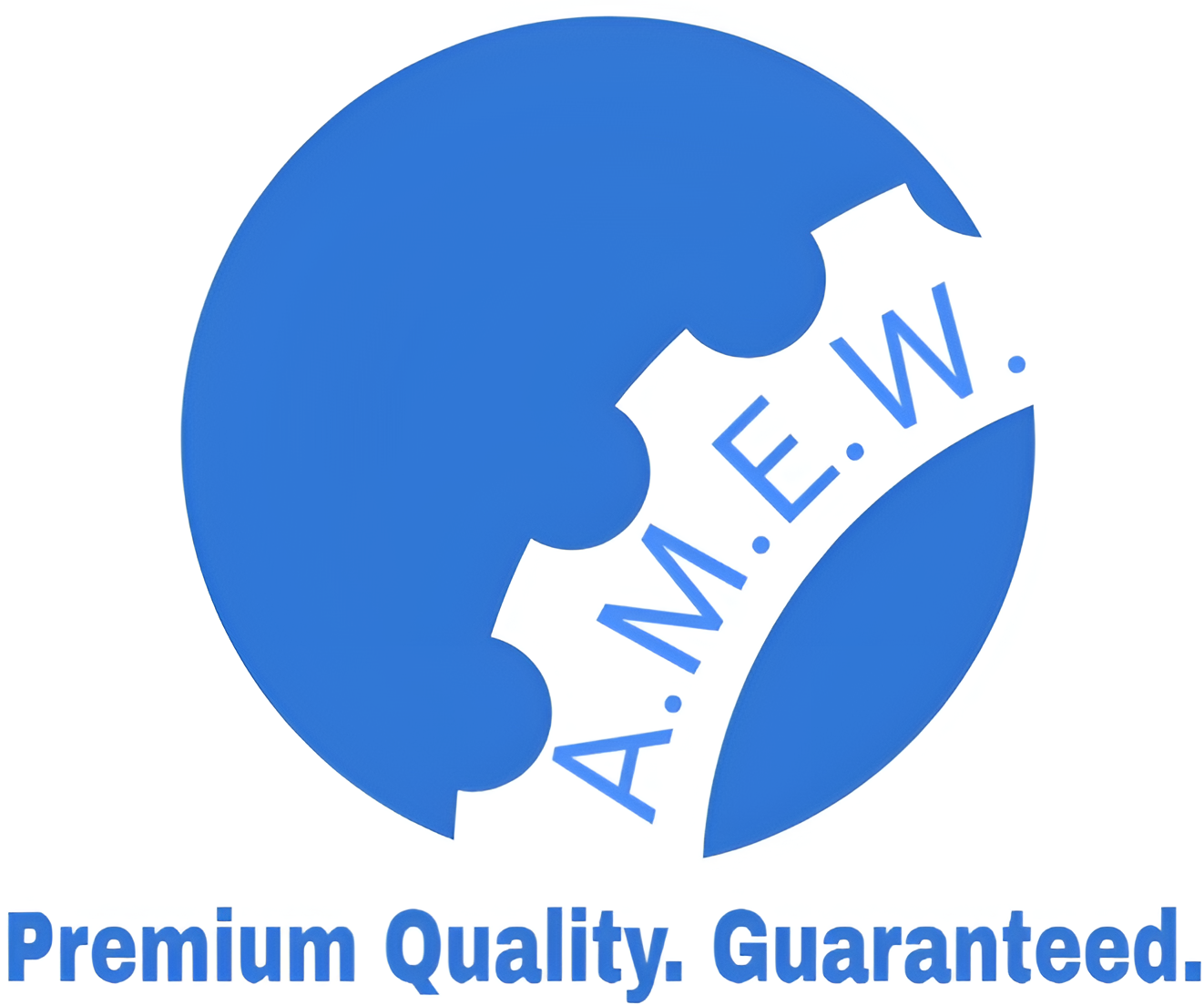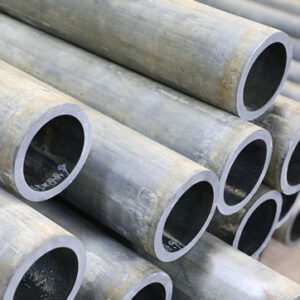Description
DIN EN 10208-1 Class C L360NB Welded Pipe Supplier in India
As a prominent supplier of DIN EN 10208-1 Class C L360NB welded pipes, we provide high-quality materials designed for the transportation of combustible fluids, particularly in the oil and gas industry. Our products adhere to international standards, ensuring reliability and safety.
Table of Contents
- EN 10208-2 Seamless Pipes Spec Chart
- Different Types of BS EN 10208 Pipes
- EN-10208-1 – Steel Pipes Chemical Composition
- UNI EN 10208-2 Material Thickness Chart in MM
- EN-10208-1 Steel Pipes Coefficient of Thermal Expansion
- DIN EN 10208-2 Pipe Density
- Elastic Modulus of PN-EN 10208-2 Seamless Pipes
- Mechanical Properties of UNI EN 10208-2 Material
- High Quality UNI EN 10208-2 Material Stockist in India
EN 10208-2 Seamless Pipes Spec Chart
The BS EN 10208-2 specification outlines requirements for steel pipes intended for transporting combustible fluids under pressure.
| Application | Distribution of combustible media with determined pressure (previously DIN 17172) |
|---|---|
| Production Method | – Seamless: S – Seamed: HFW (high frequency welding), SAW (submerged arc welding), COW (combined welding) |
| Grades | Seamed and Seamless: 1.0457 L 245 NB 1.0484 L 290 NB 1.0582 L 360 NB 1.8972 L 415 NB 1.8948 L 360 QB 1.8947 L 415 QB 1.8952 L 450 QB 1.8955 L 485 QB 1.8957 L 555 QB 1.0418 L 245 MB 1.0429 L 290 MB 1.0578 L 360 MB 1.8973 L 415 MB 1.8975 L 450 MB 1.9877 L 485 MB 1.8978 L 555 MB |
| Outer Diameter | Ø 33.7 up to 1,626 mm (seamless up to 660 mm) |
| Wall Thickness | Up to 40 mm |
| Diameter and Ovality Tolerance | See DIN 10208-2 Table 9 |
| Wall Thickness Tolerance | See EN 10208-2 Table 10 |
| Maximum Value of Fusion Weld Excedance | See 10208-2 Table 15 |
| Straightness | 0.2% along whole length, locally < 4 mm/m |
| PE Coating | EN 10285 or 10287 in 3-layer extrusion moulding or surfacing by welding method |
Different Types of BS EN 10208 Pipes
BS EN 10208 pipes are categorized based on their manufacturing method and material properties. Here’s an overview of the types:
- Seamless Pipes: These pipes are cold drawn from solid steel billets, providing higher accuracy and integrity, making them suitable for sensitive applications.
- Welded Pipes: Produced by welding steel plates, these pipes can accommodate larger diameters and are often used in various pressure applications.
- High-Frequency Welded (HFW) Pipes: Created using high-frequency welding processes for enhanced strength and durability.
- Submerged Arc Welded (SAW) Pipes: These pipes use submerged arc welding techniques, ideal for larger diameters and thicker walls.
EN-10208-1 – Steel Pipes Chemical Composition
The chemical composition of EN-10208-1 steel pipes is crucial for their mechanical properties and performance. Typical composition includes:
| Element | Content (%) |
|---|---|
| Carbon | ≤ 0.20 |
| Manganese | 0.30 – 1.40 |
| Phosphorus | ≤ 0.030 |
| Sulfur | ≤ 0.030 |
| Silicon | ≤ 0.55 |
This composition provides excellent corrosion resistance, heat resistance, and mechanical strength.
UNI EN 10208-2 Material Thickness Chart in MM
Here’s a thickness chart for UNI EN 10208-2 materials:
| Thickness (mm) | Application |
|---|---|
| 10 | General Applications |
| 20 | Medium Pressure Systems |
| 30 | High Pressure Systems |
| 40 | Heavy-Duty Applications |
EN-10208-1 Steel Pipes Coefficient of Thermal Expansion
The coefficient of thermal expansion for EN-10208-1 steel pipes is typically around:
- Coefficient: 11×10−6 °C−111 \times 10^{-6} \, \text{°C}^{-1}
This value is crucial for designing systems that experience temperature fluctuations.
DIN EN 10208-2 Pipe Density
The density of DIN EN 10208-2 pipes is approximately:
- Density: 7.85 g/cm37.85 \, \text{g/cm}^3
This density is essential for calculating the weight and load-bearing capacity of pipes.
Elastic Modulus of PN-EN 10208-2 Seamless Pipes
The elastic modulus for PN-EN 10208-2 seamless pipes is typically:
- Elastic Modulus: 210 GPa210 \, \text{GPa}
This property influences the pipe’s ability to withstand stress without deformation.
Mechanical Properties of UNI EN 10208-2 Material
The mechanical properties of UNI EN 10208-2 materials are as follows:
| Property | Value |
|---|---|
| Yield Strength (MPa) | ≥ 360 |
| Tensile Strength (MPa) | ≥ 470 |
| Elongation (%) | ≥ 22 |
| Hardness (Brinell) | ≤ 200 |
These properties ensure the pipes’ effectiveness in high-pressure applications.






